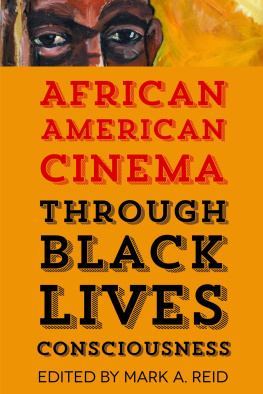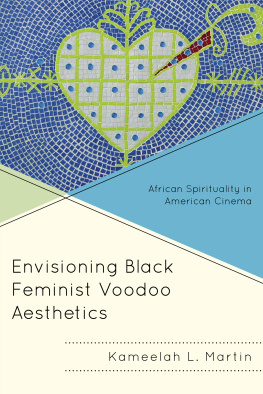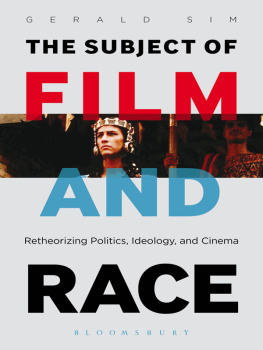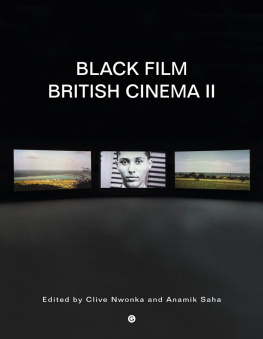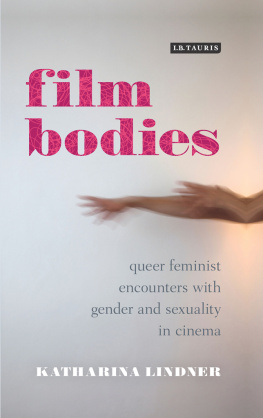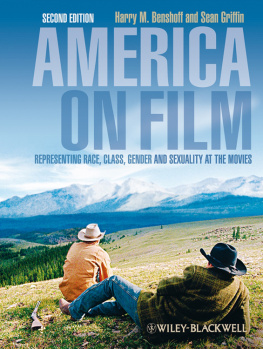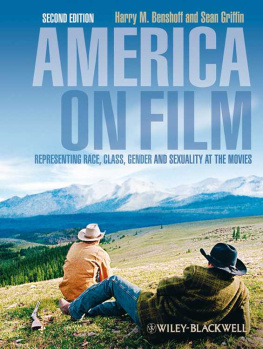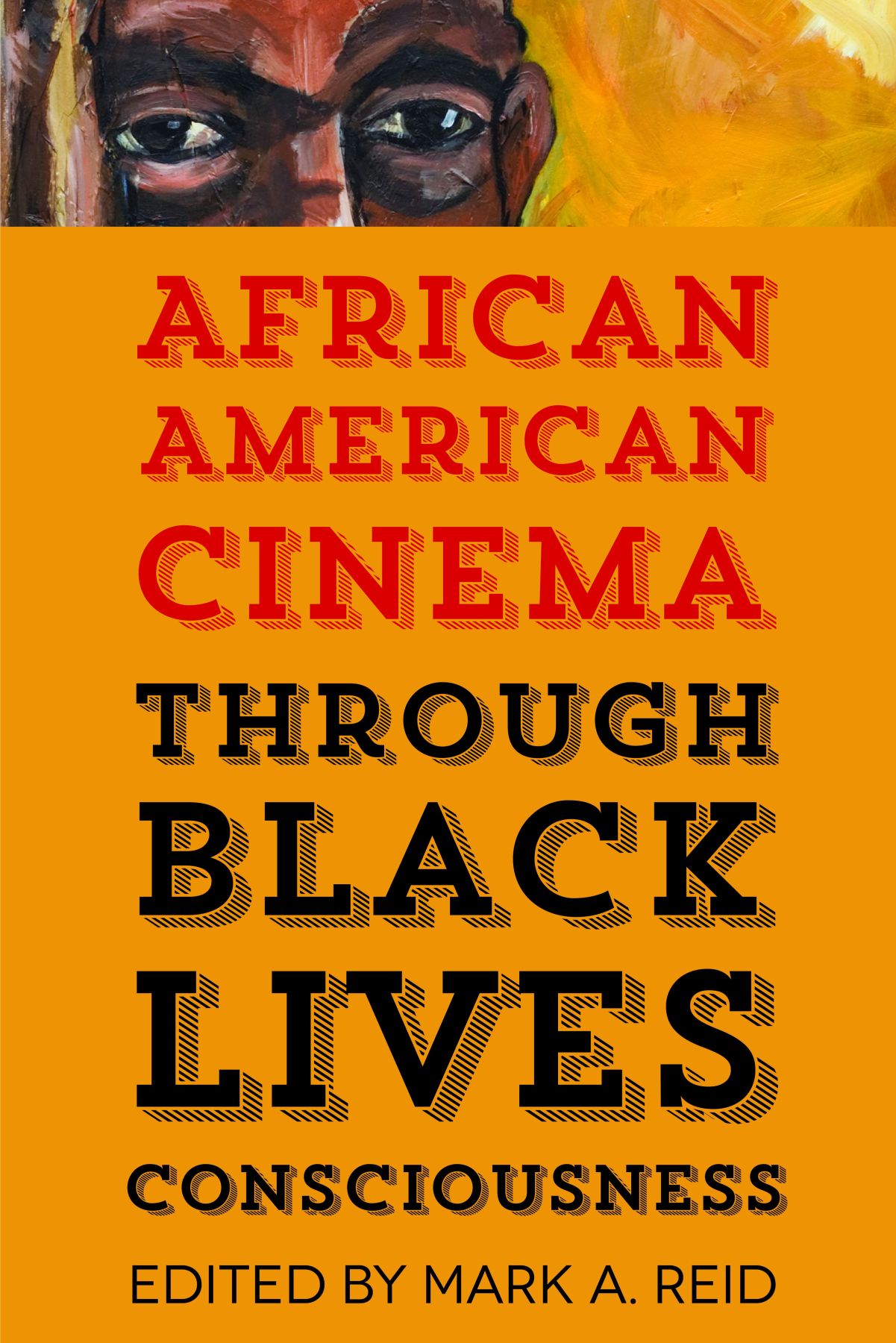
African American Cinema through Black Lives Consciousness
African American Cinema through Black Lives Consciousness
Edited by Mark A. Reid

Wayne State University Press
Detroit
2019 by Wayne State University Press, Detroit, Michigan 48201. All rights reserved. No part of this book may be reproduced without formal permission. Manufactured in the United States of America.
ISBN 978-0-8143-4548-1 (paperback)
ISBN 978-0-8143-4549-8 (hardcover)
ISBN 978-0-8143-4550-4 (e-book)
Library of Congress Control Number: 2018946464
Wayne State University Press
Leonard N. Simons Building
4809 Woodward Avenue
Detroit, Michigan 482011309
Visit us online at wsupress.wayne.edu
For Evelyn
Contents
Charlene Regester
Mark A. Reid
Karen Bowdre
Gerald R. Butters Jr.
Jonathan Munby
Dan Flory
Melba Joyce Boyd
Mark D. Cunningham
Patricia Hilliard-Nunn
Kimberly Nichele Brown
Chesya Burke
Anne Crmieux
James Smalls
This anthology and its list of contributors, those still listed and the many others who for many reasons are no longer included, have seen this volume through several years of transitions from its initial publication house to the welcoming arms of Wayne State University Press, a fine academic press that has an important, long-standing, and committed history in the area of black studies as well as other academic area studies. The Wayne State University Press production team, Annie Martin, Ceylan Akturk, Emily Nowak, Kristina Stonehill, Rachel Ross, and Carrie Downes Teefey, efficiently responded to my queries and expertly prepared this volume.
All authors deserve more than my thanks for their patience and trust in the creation of this imaginatively intersectional film studies project. I would like to thank Melba Boyd for her tenacious support as I went through several hurdles with corporate and a few university presses.
Life experiences and academic studies nurtured my transactional and postnegritude womanist thinking and work in film. My interviews with independent filmmakers, producers, and writers in the United States and abroad instilled a fervent desire to view film as an international art form that has no national boundaries in the areas of shared ethical and moral purposes to make the world a more humane place. In similar fashion, my academic mentors and instructors through college and graduate schools have shaped my views on film and the social sciences. Such scholars include historian Dr. Nathan I. Huggins, who first introduced me to Thomas Crippss Slow Fade to Black; Andrew Sarris for his 35 mm screening and lectures on American and European film, and the scholar-teacher Dr. Katherine Stimpson, who furthered my engagement with feminism. After I graduated from Columbia, Dr. Gerald Mast extended my international understanding and theoretical appreciation of film. Dr. Darwin T. Turner, who chaired my dissertation committee and edited what became my first book-length study on African American film, Redefining Black Film, made the most significant impression, since he taught me the importance of black control over their image in literature and film, as well as the importance of critical and theoretical analyses that are appropriate for black creative works. My work with Dr. Phyllis R. Klotman, Guy Hennebelle, the editor of CinemAction, and the Jump Cut editors Julia Lesage, John Hess, and Chuck Kleinhans, together encouraged me to continue to develop an internationalist-feminist understanding of the film industry and its products. In summation, these encounters with artists and scholars still guide my work, and I thank them for the opportunity to learn from their suggestions and their intellectual demands.
Finally, I would like to thank my personal editor-in-chief, interior decorator, and soulmate, who influences all that I find is crucial to teaching, writing, and being as an African American in a Hands Up, Dont Shoot and an I Cant Breathe national (dis)order.
The earliest black-directed African American feature films provide a backdrop to more recent efforts. The challenges these early filmmakers faced, as well as the successes they achieved, highlight key elements in the black filmmaking experience and offered a glimpse of the path forward for those who followed. From their earliest involvement onward, black actors, writers, and directors have attempted to use these films as a way to make visible the issues blacks were experiencing in their lives, challenge the status quo, and suggest a method for moving forward. I begin here by tracing black involvement in feature filmmaking from its beginning in order to provide a background for the essays that will follow. I will then offer a brief introduction to each of these essays, suggesting how each explores contemporary black experience and its psychological and economic challenges as creatively imagined on the silver screen.
From 1912 to 1918, blacks directed short documentaries, comedies, family melodramas, and action films. The films featured African Americans as soldiers, businessmen, political leaders, celebrities, and adventurers seeking their fortunes in the West. The Foster Photoplay Company was the first African American independent film company. According to film historian Thomas R. Cripps, William Foster probably was the earliest black to direct a film. Cripps describes Foster:
A clever hustler from Chicago, he had been a press agent for the [Bert] Williams and [George] Walker revues and [Bob] Cole and Johnsons A Trip to Coontown [1898], a sportswriter for the [Chicago] Defender, an occasional actor under the name of Juli Jones, and finally a purveyor of sheet music and Haitian coffee. He may have made the first black movie, The RailroadPorter, an imitation of Keystone comic chases completed perhaps three years before The Birth of a Nation [1915]. (Cripps 1977, 7980)
The Johnson brothersGeorge Perry (a U.S. postal employee) and Noble (a Universal Pictures contract actor)established the Lincoln Motion Picture Company in 1916. The Lincoln Motion Picture Company excelled in racial uplift and black soldiering movies. The company produced four middle-class melodramasThe Realization of a Negros Ambition (1916), The Trooper of Troop K (1916), A Mans Duty (1920), and By Right of Birth (1921)and ended producing films with a one-reel documentary, A Day with the Famous 10th (1921), about the black Tenth Cavalry stationed at Fort Huachuca, Arizona. Lincoln Motion Picture Company films always featured a black, virtuous hero who was driven by the Protestant work ethic. Lincoln films avoided lengthy dramatizations of criminality or drunk, vulgar, and licentious behavior, and their films promoted racially uplifting narratives in which the black hero reaped material and spiritual rewards for adhering to the Protestant work ethic.
In 1919, Oscar Micheaux wrote, directed, and produced his first film, The Homesteader. He made twenty-five more films that are silent during the nearly ten years before his film company went bankrupt in 1928. As Gerald R. Butters Jr. notes, Monetary gain from filmmaking was always a priority for Micheaux. In February 1928, at the end of the silent era, he was forced to file for bankruptcy. He reorganized in 1929 under the title The Micheaux Film Corporation with an infusion of white capital (Butters 2002, 149). Micheaux made films that explored such controversial issues as racial lynching, interracial intimacy, racial passing, urban poverty, and criminality.
Next page
